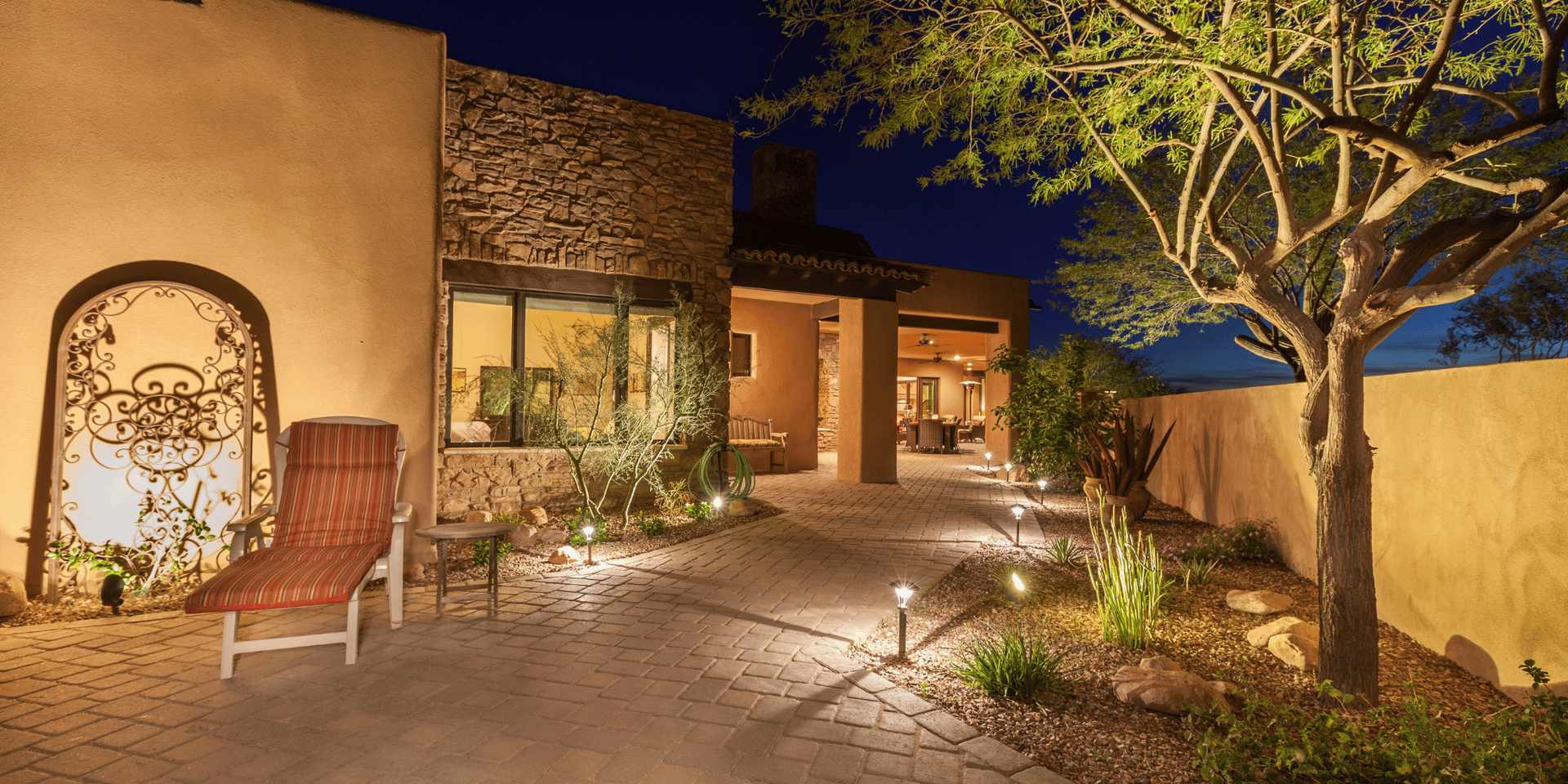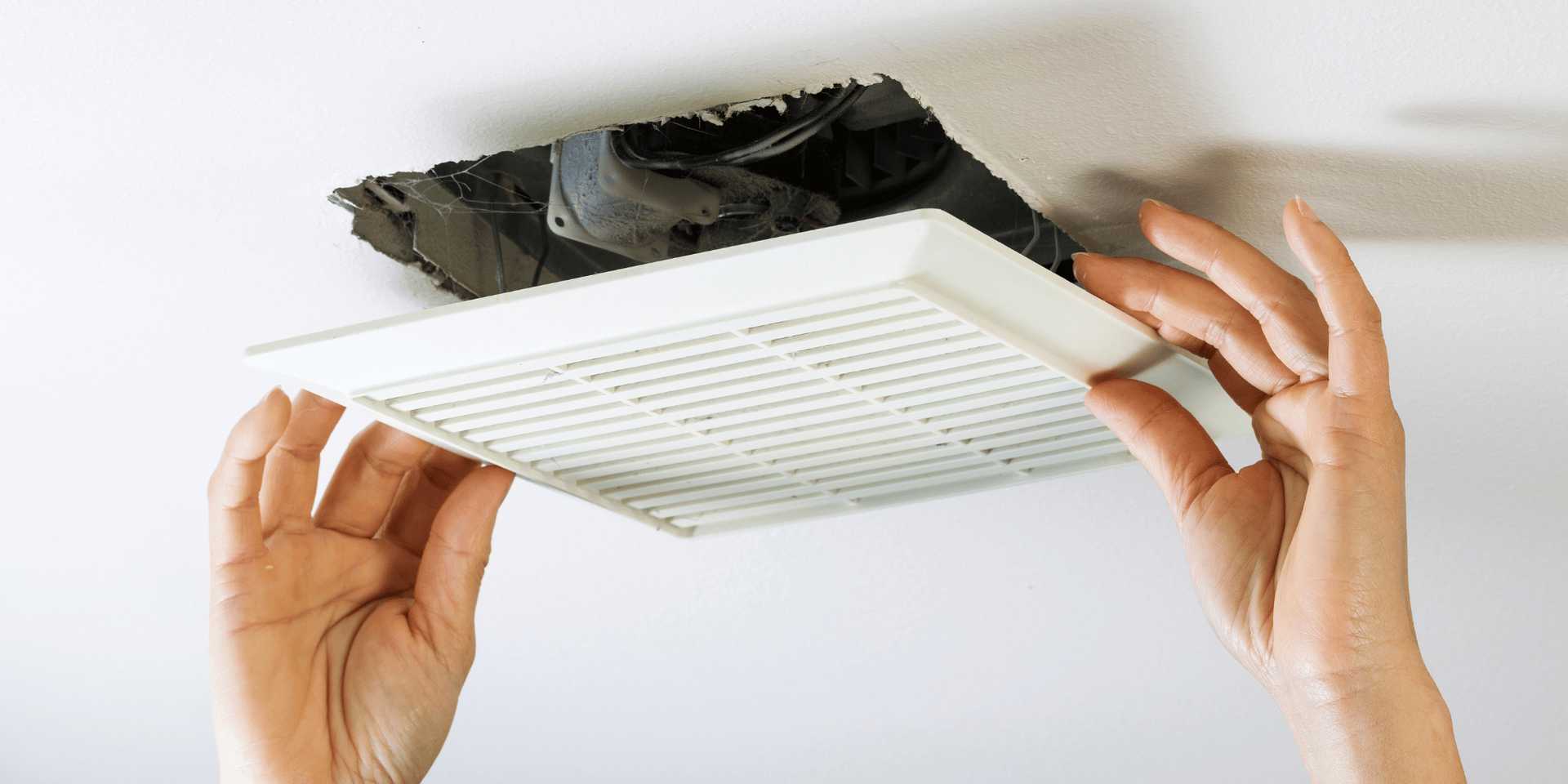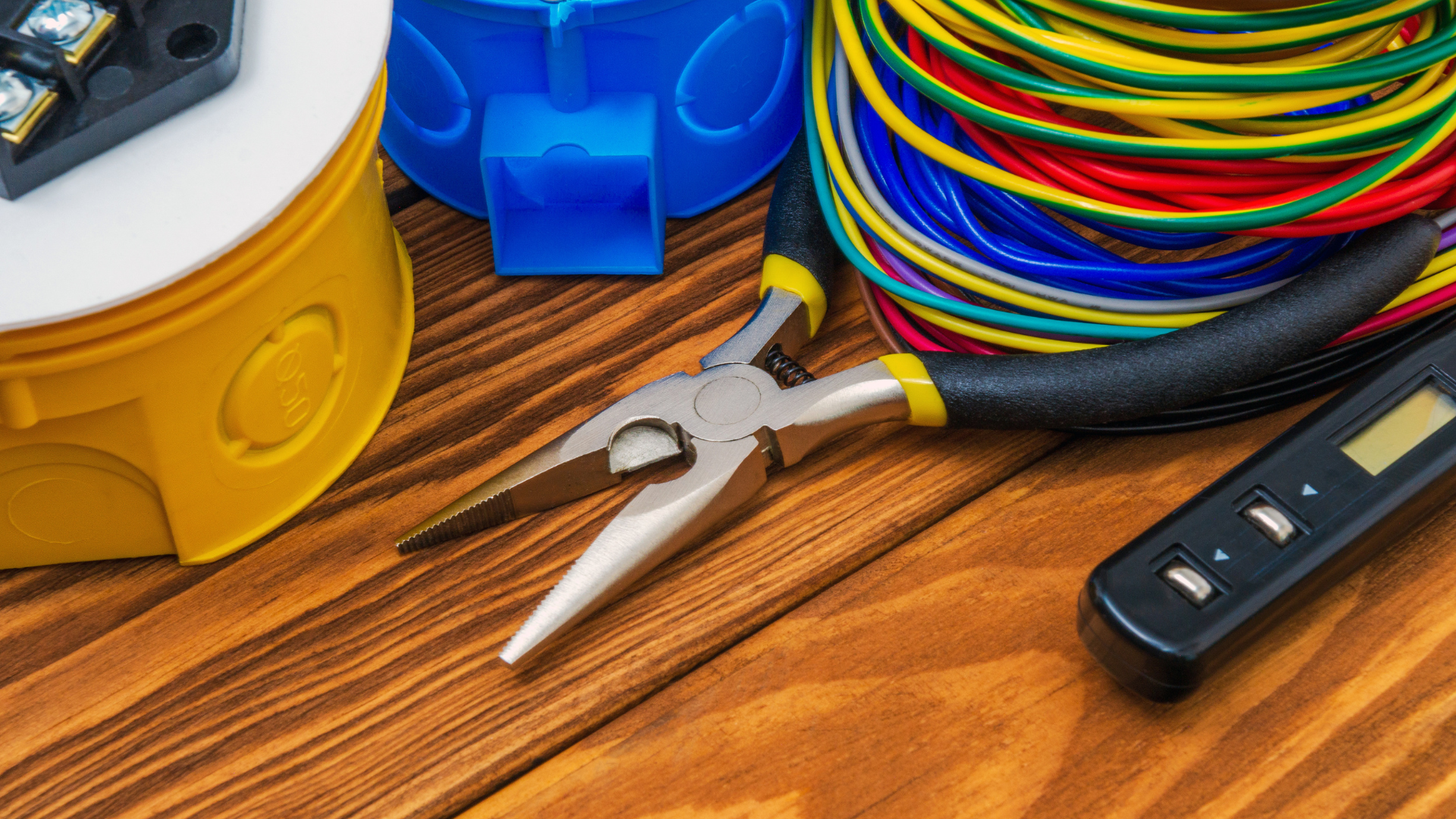Blog

Power outages can strike without warning—whether due to storms, fallen trees, network faults, or overloaded systems—and when they do, they remind us just how dependent we are on electricity.
From keeping the lights on and food cold to charging devices and staying connected to the outside world, our homes rely on a steady power supply to function smoothly.
In Newcastle and across New South Wales, outages can range from a single home losing power to widespread blackouts impacting entire suburbs or regions. When the power drops, knowing what to do—and what not to do—can help keep you safe, protect your appliances, and get you back up and running faster.

In the heart of every Australian home or business lies a vital yet often overlooked component: the electrical switchboard.
Tucked away in meter boxes or mounted in discrete corners of the property, switchboards are responsible for safely distributing electricity throughout your premises. But as Australia’s energy needs continue to grow—with smart appliances, solar systems, electric vehicles, and energy-hungry devices becoming the norm—many older switchboards and meter boxes are struggling to keep up.
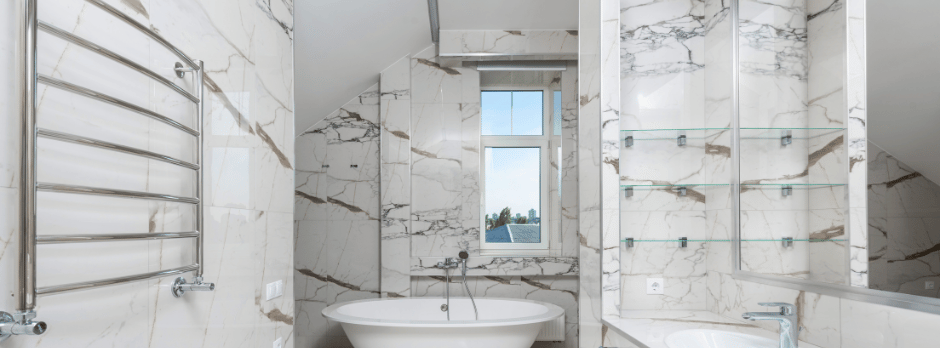
Imagine stepping out of a warm shower or bath into the embrace of a toasty, dry towel.
No more damp towels hanging in the bathroom or the unpleasant chill of winter mornings.
That’s the luxury—and practicality—that heated towel rails offer.
Once considered a high-end accessory found only in luxury hotels or spa resorts, heated towel rails are now a common feature in modern homes.
And with good reason.
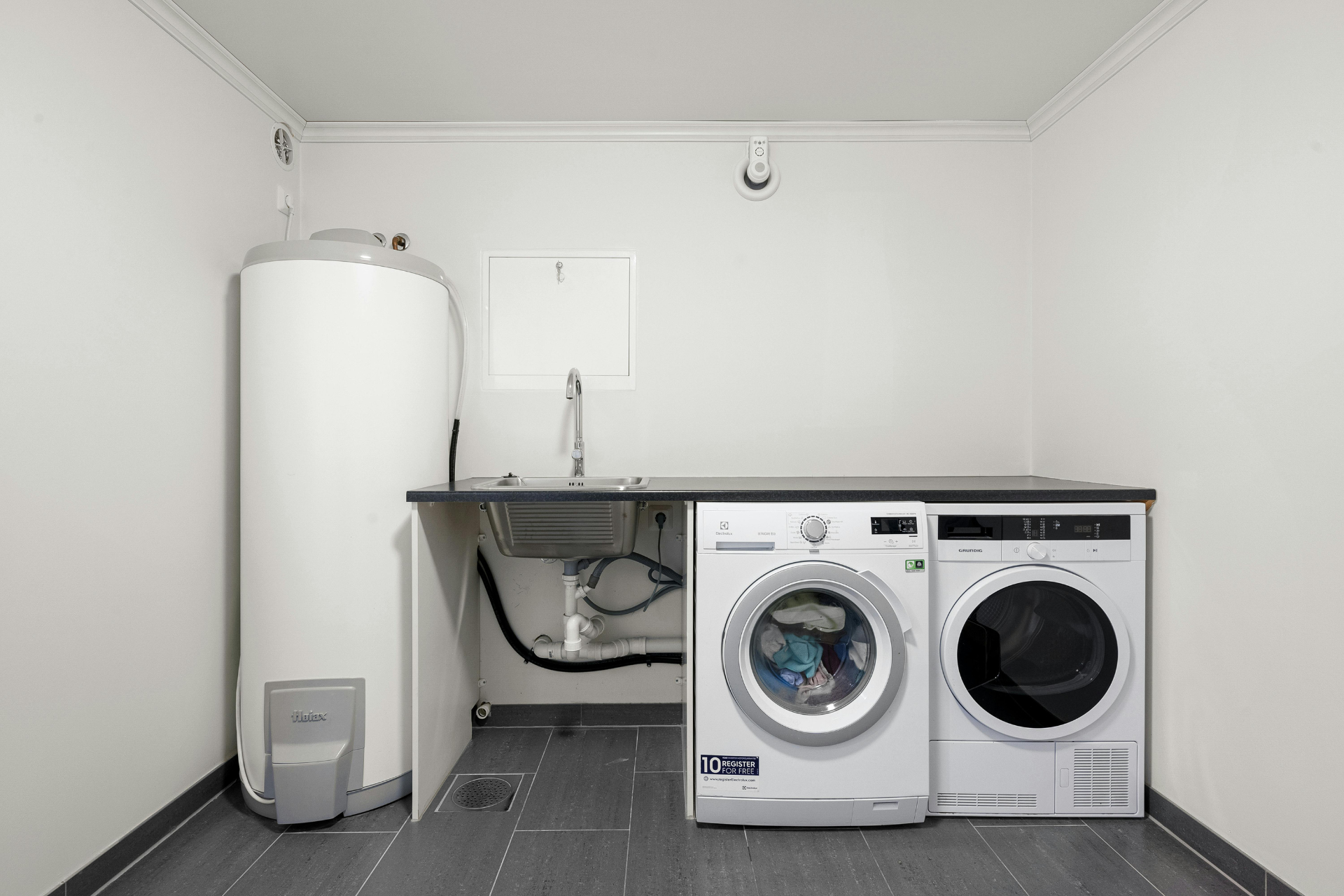
Hot water is something most of us take for granted—until it’s suddenly not there.
Whether you’re stepping into a cold shower, trying to wash dishes with icy water, or waiting forever for the tap to warm up, a malfunctioning hot water service can throw off your whole day.
But what exactly is a hot water service?
How does it work, what types are available, and how do you choose the best one for your home or business?

When shopping for an air conditioner, you'll likely come across product specifications measured in one of three units:
Kilowatts (kW)
BTU (British Thermal Units)
Horsepower (hp).
These measurements indicate the system's cooling or heating capacity, but their varying usage can create confusion, especially for first-time buyers.
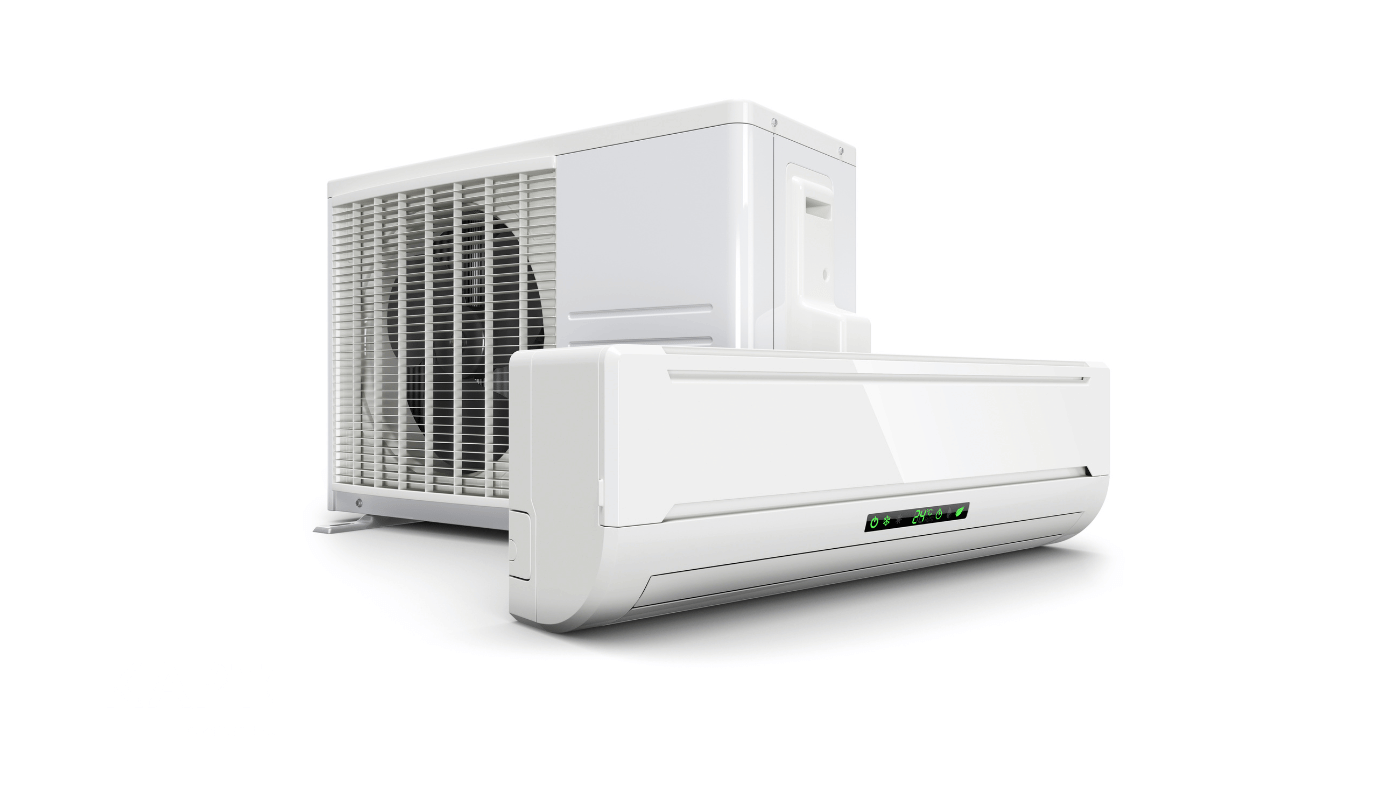
Split system air conditioning units are a popular choice for homes and businesses, offering efficient heating and cooling in a variety of climates.
When considering a split system, many people have similar questions to ensure they choose the right unit for their needs.
Here's an expanded look at one of the most common questions:


